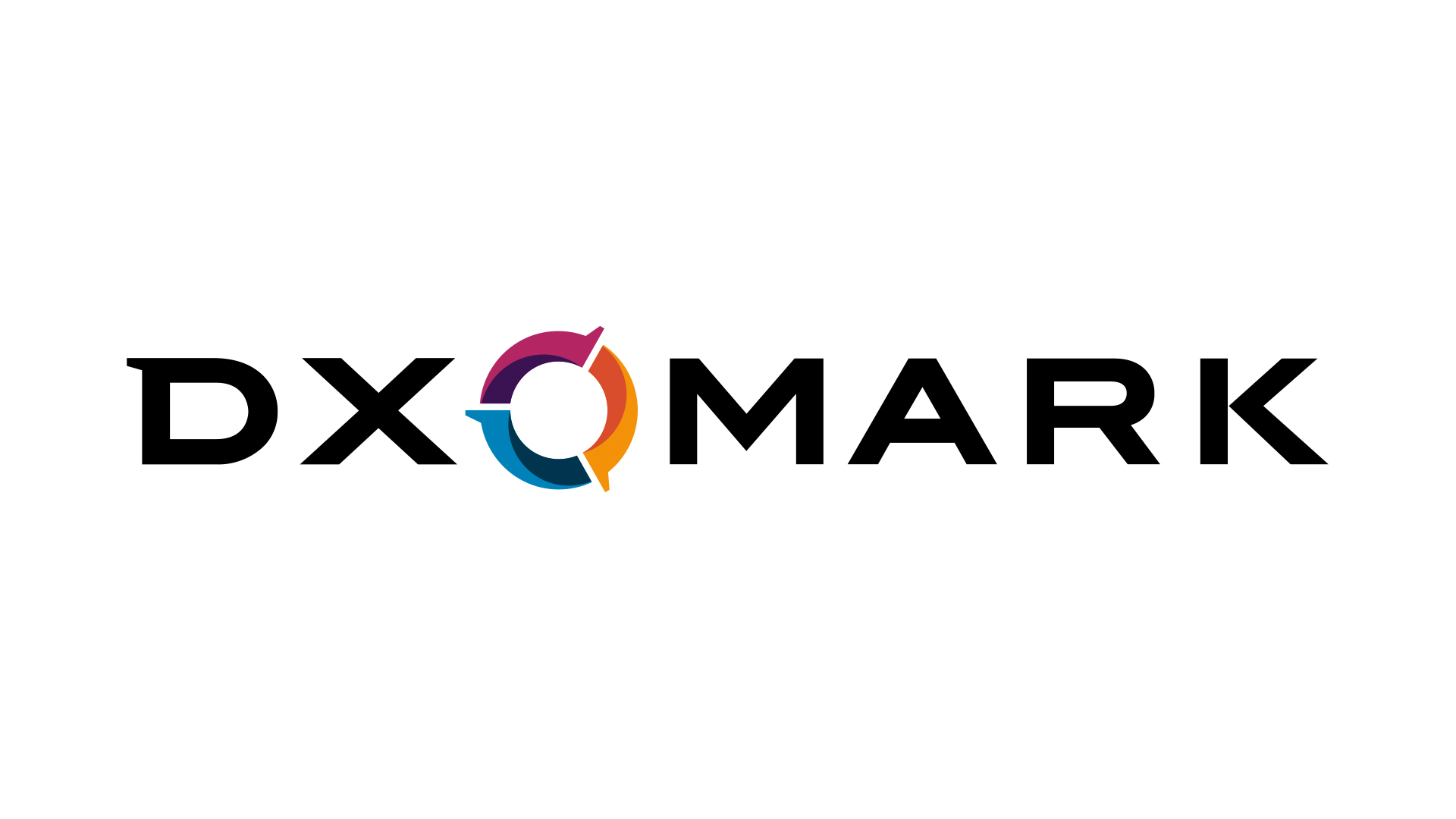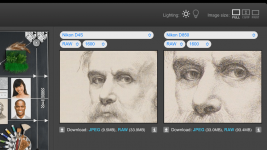I’ve been using the Nikon D4s for a good amount of time now, along side my D500.. I have also borrowed a D850, all of which I have tested with my f4 500mm.
Consistently the D4s out performs both in colours and over all appearance of image (subjective I know)..
What I can’t understand is why even when pixel peeking the difference in detail, image sharpness and fine detail improves only a tiny, barely noticeable amount despite the mega pixel density being much higher in the D500 & D850..
Forgive my ignorance, but sure the higher the pixels the greater the detail or am I missing something in the equation..
Hopefully someone can explain why the difference in 16 megapixel and over 40 is no small.
Regards
Consistently the D4s out performs both in colours and over all appearance of image (subjective I know)..
What I can’t understand is why even when pixel peeking the difference in detail, image sharpness and fine detail improves only a tiny, barely noticeable amount despite the mega pixel density being much higher in the D500 & D850..
Forgive my ignorance, but sure the higher the pixels the greater the detail or am I missing something in the equation..
Hopefully someone can explain why the difference in 16 megapixel and over 40 is no small.
Regards



